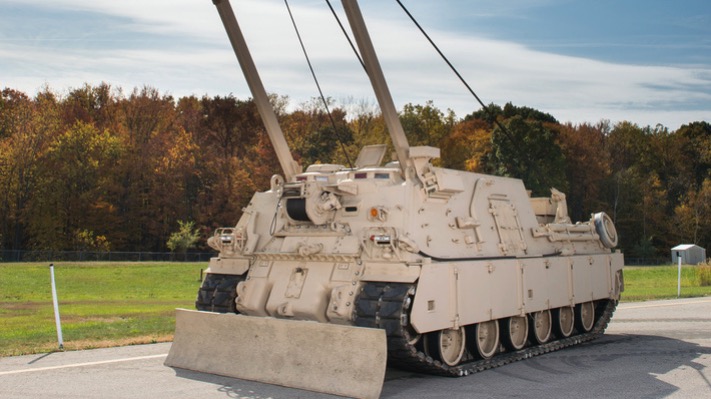
BAE Systems has been awarded a $148.3 million contract by the US Army to upgrade 43 M88A1 HERCULES heavy-lift vehicles for added capability.
The agreement continues the upgrade of the M88A1 to the M88A2 Heavy Equipment Recovery Combat Utility Lift System (HERCULES) configuration to increase power, maneuverability and survivability to reach the Army’s acquisition objective of 933 M88A2 vehicles.
The more capable M88A2 tows, hoists, and winches 70-ton tracked vehicles used by the Armoured Brigade Combat Team (ABCT). The M88A2 increases horsepower and upgraded armour protection including armoured track skirts and applique armour panels. The M88A2 can manoeuvre more quickly and get a 70 ton stranded vehicle – and its crew – to safety. The execution of this contract will increase the total procured quantity of the M88A2 capability to 914.
Work on the program will be performed at the BAE Systems’ facilities in York, Pennsylvania; Aiken, South Carolina; Anniston, Alabama and Sterling Heights, Michigan.
Dennis Hancock, Director of Recovery Programs at BAE Systems, said: “The HERCULES is an invaluable vehicle for the Army’s recovery missions.
“We are proud to support the Army’s recovery needs and we will continue to work alongside the Army to provide upgraded solutions as their missions and requirements change.”
image © BAE Systems
If you would like to join our community and read more articles like this then please click here.







